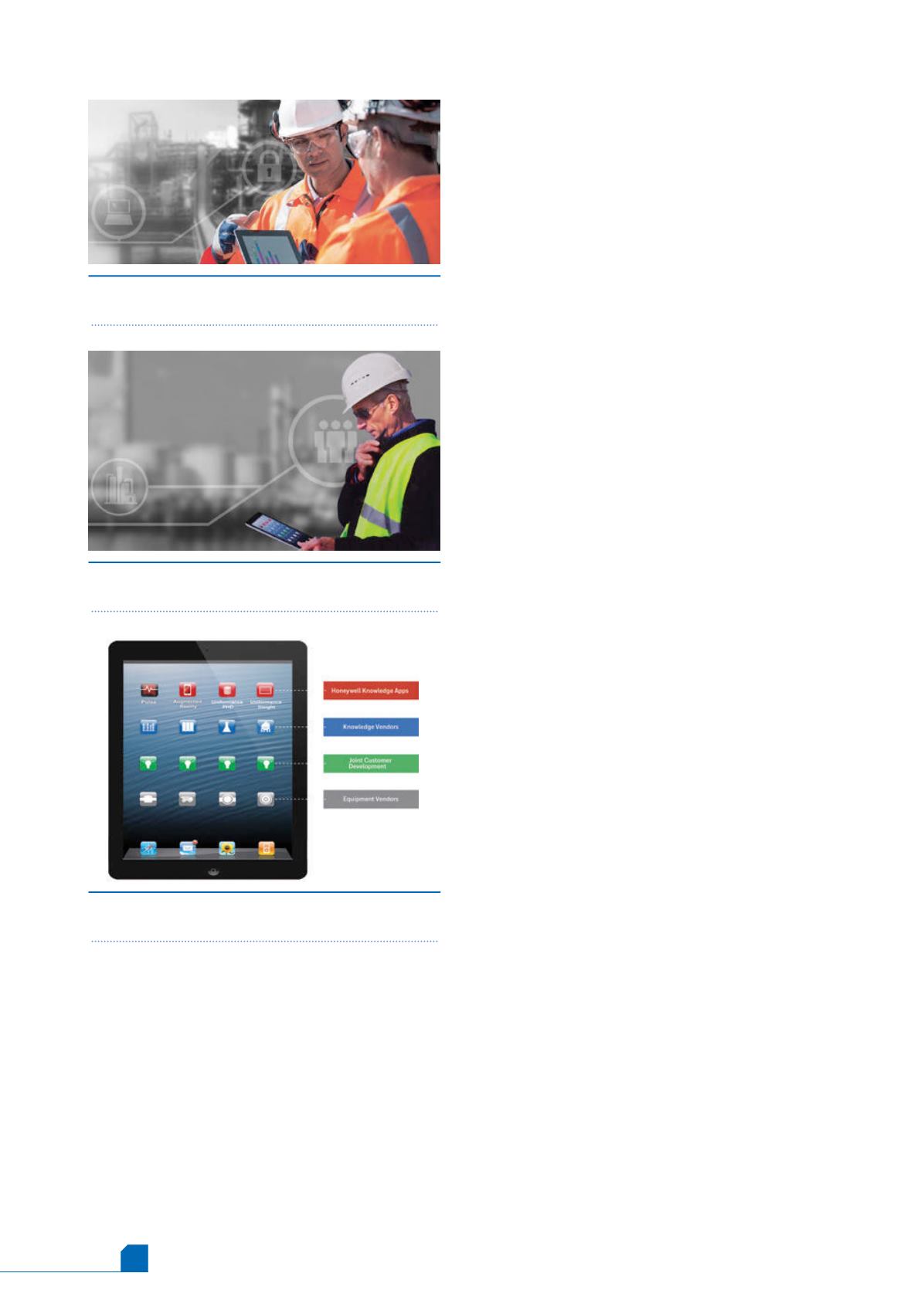
June
2016
HYDROCARBON
ENGINEERING
48
needed most, helping to improve safety and efficiency
and, sometimes, uncovering new revenue streams.
Addressing automation needs with
digital technology
The IIoT is the intelligent application of digital
technology to address automation needs, and could
equally be called the intelligent internet of things.
Beyond simply making people’s lives more convenient, as
the internet of things (IoT) can do, when the IIoT is
properly deployed it has the promise and potential to
be the most disruptive influence on automation systems
for manufacturing since the advent of the
microprocessor-based distributed control system (DCS).
It is tempting to draw a direct comparison between
the DCS of today and the IIoT-based automation
systems of the future and claim that the IIoT is already
being carried out. To do so, however, ignores the
significant changes to the DCS, as currently
understood, that will occur as the IIoT is deployed. To
fully take advantage of the benefits of the IIoT,
creation of an ecosystem is needed that brings
together three key elements:
n
n
Firstly, there must be secure access to the plant
and operational data being collected across
multiple sites, or even across an enterprise. This
data would be hosted in a secure cloud that is
owned by the company, a service provider or even
a third party.
n
n
Secondly, is the capability to examine that data
with advanced analytics and data experts that can
understand and identify what the data is showing
with regard to trends, risks and opportunities.
n
n
Thirdly, and of equal importance, is the need for a
deep domain knowledge to be able to translate
these trends, risks and opportunities into actions
that will benefit operations. These benefits could
include improved safety of workers, increased
physical and cyber security, improved supply chain
efficiencies, and even the ability to predict
equipment failures and maintenance needs.
For example, assume a plant that has a number of
compressors that are deployed across the site. That
company will likely have historical operating data on
those compressors stored in a historic application of
some kind, including information such as how long the
compressors operated before requiring maintenance,
seals, lubrication, etc; how often the compressors
stopped working and caused an unplanned plant
shutdown; or even when they needed to be completely
replaced. But that data set is limited to the small
number, relatively speaking, of compressors operating
at that site.
If that same company could consolidate this critical
data from across several plants, or an entire enterprise,
and host that data in a secure cloud, accessible by data
scientists from within its own organisation, or by a
supplier, the base of knowledge would be enhanced
exponentially. With a larger, consolidated data set,
higher analytics can be used for more detailed insight,
to scale the data as needed, and to leverage a wider
pool of experts for analysis. These experts would not
be needed at every site, rather they could be located
remotely anywhere in the world and work
collaboratively to identify trends.
Finally, add to this IIoT ecosystem an original
equipment manufacturer (OEM) that specialises in
compressors. The OEM, with deep domain knowledge,
can better advise on specific compressors based on
environmental conditions, runtime, throughput and
other factors to predict potential issues and failures of
equipment. Rather than relying simply on a manual, or
operating sheets that were provided with the
compressor, plant operators could reduce unplanned
downtime through timely predictive maintenance.
Figure 1.
Secure access to industrial data collected
across multiple sites, or an enterprise.
Figure 2.
Experts could be located remotely
anywhere in the world and work collaboratively.
Figure 3.
The IIoT has the ability to deliver actionable
insight into the palm of an industrial worker’s hand.


